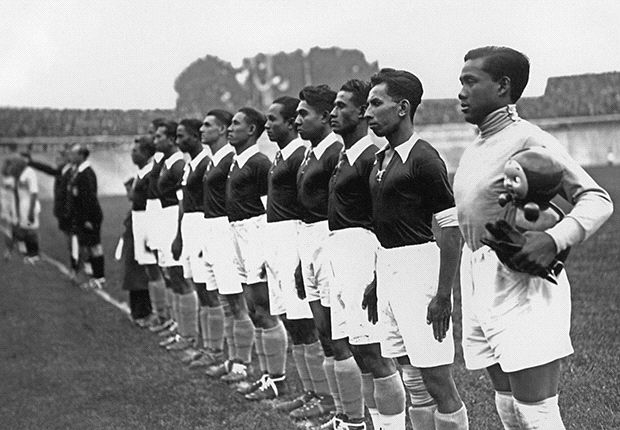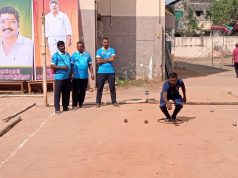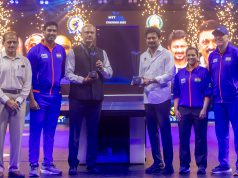The World Cup moved from Italy to its neighbour France in 1938. Four of the globe’s continents had participated in the tournament in 1934. It was left for Asia and Oceania to be a part of the Football extravaganza.
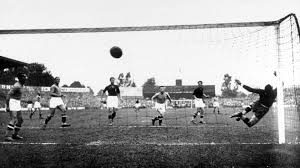
The team that brought the world’s largest continent into the World Cup was Indonesia, known as Nederlandsche Indiesche or Dutch East Indies. Indonesia was a dependent territory of the Netherlands at that time whose Football history began long before 1938.
The Industrial Revolution in Europe led many Dutch people leave their homeland and settle in the countries across the Pacific. The most favoured settlements were Java and Sumatra, where Dutch workers and soldiers played football for fun. Along with them, the Indonesians and Chinese, involved themselves in the game during leisure. But the influential Dutch government made a social division based on ethnicity. The Europeans were regarded as first-class citizens, the Far Easterners (the Chinese included) were second-class and the native Indonesian were regarded as bottom class. This division came in the Football field too but could not hold its position as the game spread across all sections of the society.
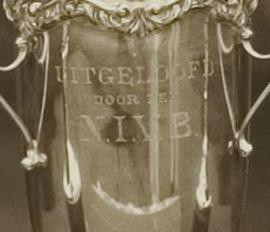
The first inter-city competition in the country was held in 1914 whose yearly success led to the formation of a Football Association called Nederlandsch Indische Voetbal Bond (NIVB) in 1919. But the Association preferred the privileged class (Indische refered primarily to locally-born Dutch) and that was the catalyst for the other groups to step in.
The local Chinese community set up their own Association, Comite Kampioenswedstrijden Tiong Hoa (CKTH) in 1927 that later evolved into Hwa Nan Voetbal Bond (HNVB) in 1930. In the same year, Indonesians set up their own Association, the Persatuan Sepakraga Seluruh Indonesia (PSSI).
Though all three associations were equally influential, it was NIVB which was recognised by FIFA. It was under that organisation, the Dutch East Indies played their first international match against Japan in 1934. But the team comprised of only those players registered under NIVB and hence could be regarded as not the best team for the country.
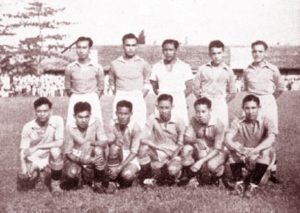
This conflict among associations led to the dissolution of the NIVB in 1935 but was succeeded by the Nederlandsch-Indische Voetbal Unie (NIVU). They were again recognised by FIFA as its member. Though NIVU agreed to give equal chance to all players, still there was some kind of partiality while selecting the national team. But things had to change and it came just before the 1938 World Cup. In the run-up to the qualification round, NIVU had to select the best players from across the nation without any ethnic division. The players, thus chosen for the national team in the 1938 World Cup included Dutch, Chinese and Indonesian players.
The Dutch East Indies team were paired against Japan in the qualification round for the Cup. But the Sino-Japanese war led to the withdrawal of Japan and allowed the Dutch East Indies to qualify automatically. Thus the team set sail for the Netherlands to prepare for the tournament. It was a trip of several weeks when the players trained and prepared themselves for the matches onboard.
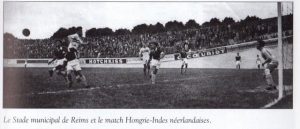
The Dutch East Indies team was prepared to play their first match at the World Cup. But FIFA was not satisfied to have a team in a world-class tournament that had not played a qualification match. So, an alternative qualifier was arranged between the Dutch East Indies and the United States. But when the Americans also failed to show up, FIFA had nothing else to do rather than allowing the team from Asia to play in the World Cup. And history was made as the Dutch East Indies earned the dubious distinction of having qualified for the finals without ever playing a qualification game.
It was 5th June, 1938 when the Dutch East Indies took to the field as the first Asian team to play in the World Cup. They were placed against the powerful Hungary at Velodrome Municipal in Reims. In front of around ten thousand spectators, the Dutch East Indies played their first and last match of the World Cup where they were drubbed 6-0 by the Hungarians.

